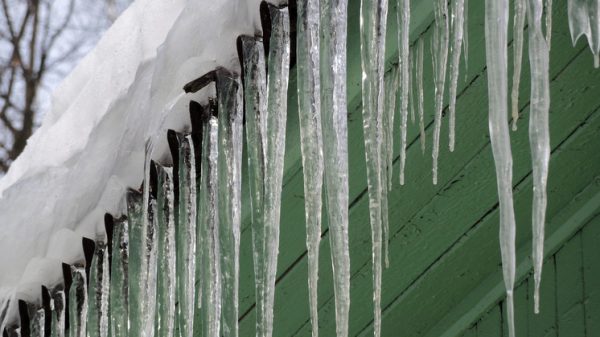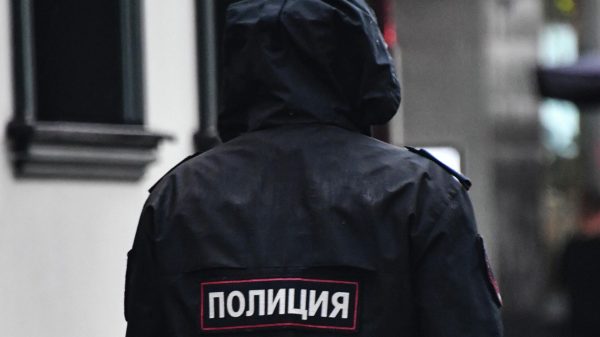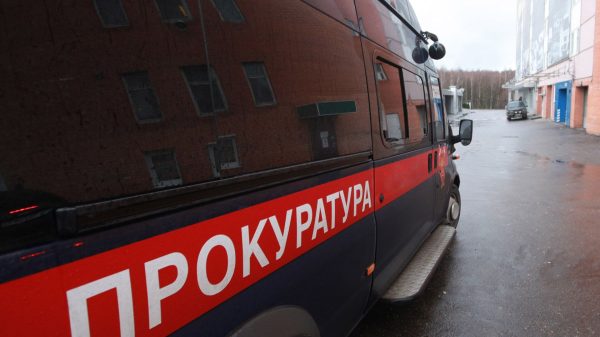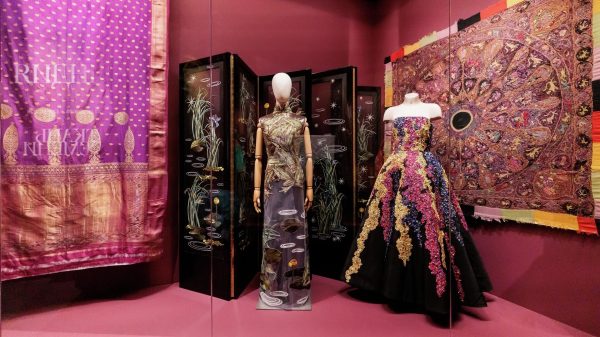Ten years after a tsunami killed more than 18,000 people on the north-east coast of Japan, Noriyuki Suzuki returned to the spot where his daughter was swept to her death.
Mai was 12 when she died in one of the most harrowing stories to emerge from the March 2011 earthquake and tsunami. She was at Okawa primary school on the day of what became known as the triple disaster. Instead of leading children up a nearby hill away from danger, teachers decided it was safe to stay.
“She was small for her age, but even so she loved playing mini-basketball,” he says of Mai. “She always had a smile on her face and she was kind to her younger sister. She had so many friends.”
Suzuki was at work when the city of Ishinomaki was shaken by a magnitude 9.0 earthquake on the afternoon of 11 March. After checking on his colleagues, he made his way home, convinced that Mai, whose school was set against hills 4km from the coast, was not in danger.
But rumours began to circulate that the tsunami had barrelled its way further inland than anyone could have imagined; that entire neighbourhoods had been turned into a muddy wasteland; and that something unspeakable had happened at Okawa.
Okawa
“There was so much information it was difficult to know what to believe,” Suzuki says. “I heard that the area near the school had been cut off by the tsunami, but that it was OK. But as the hours passed, we realised that the tsunami had destroyed the entire town.”
In all, 74 children drowned, along with 10 teachers and staff who had been entrusted with ensuring their safety in an earthquake-prone region that lives with the ever-present threat of tsunamis. Across Ishinomaki, 3,062 people died and 415 are still missing.
After the shaking subsided, the teachers elected to lead the school’s 108 pupils to the playground rather than up a nearby mountain, where they would have almost certainly been safe from the waves.
The children lingered outside the school for more than 40 minutes before their teachers, finally aware that a tsunami was approaching, guided them towards a raised area near a river. It was there, at 3.37 pm, that the ocean caught up with them. A decade on, the bodies of four of the children have yet to be found.
With local roads made impassable by quake damage and tsunami debris, Suzuki arrived at the school by boat two days later. Mai’s body was recovered from the mud that evening. “I was taken to see her, and I couldn’t speak,” he says. “The cruelty of it was too much to take in. To see your own child, lifeless in front of you … there was grief, but also anger.”
He begged to be allowed to take Mai home to her family, but was told by police that she would have to be sent to a makeshift morgue.
“I couldn’t bear the thought of her being there … it was so cold. I took off my jumper and laid it over her. She was still wearing her glasses, so I removed them and took them with me. When my family saw me arrive home with her glasses in my hand, they knew what had happened.”
The Okawa families’ pain was compounded when it became clear that the children’s deaths could have been prevented. At the time of the disaster, the city’s hazard map did not identify the school as being in an area at risk of tsunami.
Mai’s name is heard all the time in our house … when we remember what kind of person she was. She is always by our side
In 2014, the families of 23 children filed a suit against Ishinomaki city and Miyagi prefecture, demanding ¥2.3bn (£15.3m) in damages. Five years later, the supreme court awarded them ¥1.44bn, acknowledging that the tragedy could have been averted had local authorities updated their disaster prevention measures.
Earlier court decisions had agreed with the bereaved families that the pupils would have stood every chance of surviving had they been directed towards the nearby mountain.
“It feels wrong to describe it as a victory, and it was a tough ruling for the education authorities,” says Suzuki, who supported the parents but was not part of the legal action. “The board of education had been told to designate evacuation sites, but it did nothing. The lawsuit was ultimately about protecting children’s lives, so in that respect, the court made the right decision.”
The Okawa tragedy would further divide the local community. As reconstruction gathered pace elsewhere in the city, the school remained untouched, becoming a place of pilgrimage for grieving families who prayed and left flowers at a makeshift altar in the school grounds.
Some parents said they could not bring themselves to even look at the school and called for it to be torn down; others, including Suzuki, believed its symbolism could be harnessed to spare future generations the fate of their own children.
In 2016, the city government decided to preserve the school, and in the coming weeks it will “reopen” as a memorial, with an area where visitors can pay their respects.
Video of the area today by Kazuma Obara
Video of the area today by Kazuma Obara.
“I’ve always felt strongly that we should keep the school as it is,” says Suzuki, the head of a group of Okawa “storytellers” – people with a connection to the school who guide visitors and share the story of the children who once learned and played in its classrooms.
“We have cleaned it up inside … we didn’t want to leave it as it was for the sake of the children, although visitors will only be able to view it from the outside,” he says. “I know there are people who never want to see the school again, but once the decision had been made to keep it, we had to make sure we honoured their memories properly.”
When the people of Japan fall silent at 2.46pm on Thursday, Suzuki and his wife – whose parents, niece and nephew also died – and their younger daughter will remember the girl with the beaming smile whom they believe has never really left them.
“It has been a long and painful 10 years, but our feelings haven’t changed,” he says. “Mai is still the daughter we love. Her name is heard all the time in our house, not just during the sad moments, but also when we remember what kind of person she was, the things and places she loved. She is always by our side.”




















































Свежие комментарии